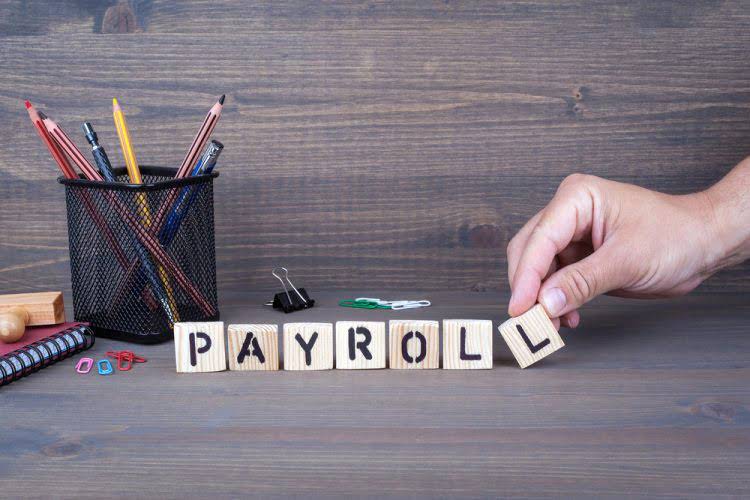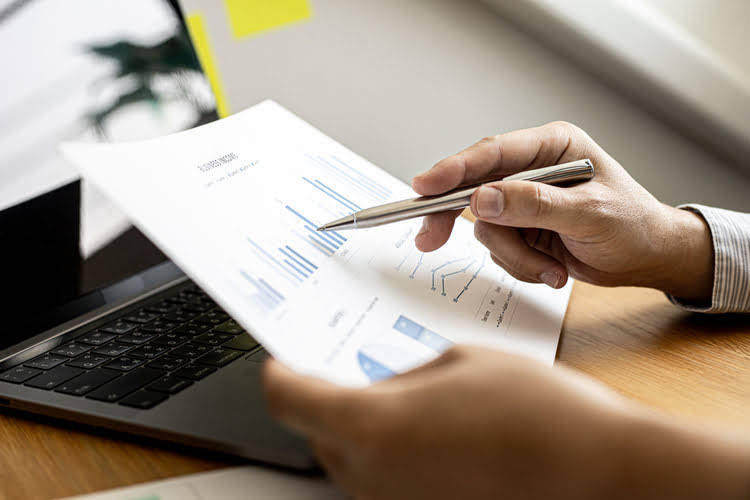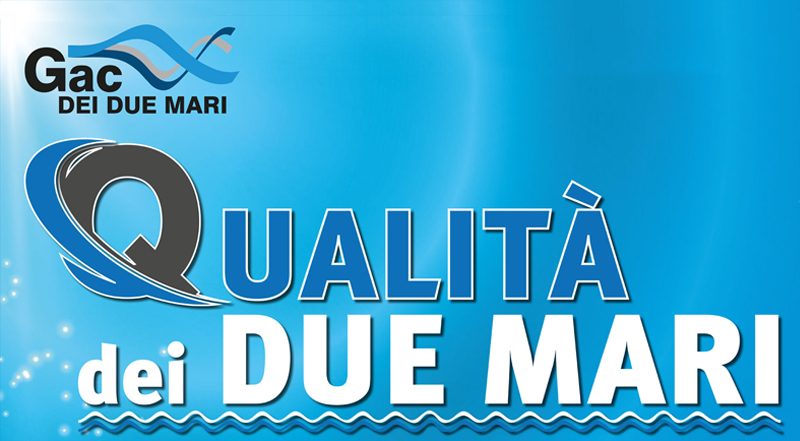
By looking at the cash flow statement, one can see whether the company has sufficient cash flowing in to pay its debts, fund its operations, and return money to shareholders via dividends or stock buybacks. The first step in calculating CFFA is determining Operating Cash Flow, though you may also see this referred to as cash flow from operations. Locate the “Cash Flow from Operating Activities” section (this is also sometimes called Cash Flow from Operations).
What are examples of cash flow from operating activities?
Around 60% of small and medium-sized enterprises (SMEs) fail due to cash flow issues, making effective cash management crucial for business survival. Managing cash flow continues to be a https://x.com/BooksTimeInc major concern for small businesses, with many identifying it as one of their primary challenges. Unlike many other financial metrics that focus solely on profitability or revenue, FCF takes a holistic view by considering both the cash generated from operations and the investments necessary to sustain growth. Cash flow from investing activities is important because it shows how a company is allocating cash for the long term. For instance, a company may invest in fixed assets such as property, plant, and equipment to grow the business.

Optimize Accounts Receivable
Large companies generally follow different approaches to evaluating investments than households do. Large businesses are likely to perform formal financial analyses to determine which investments would provide the best value for their stakeholders. Such analyses apply discount rates that depend on the business’s cost of capital and the riskiness of the investments. For example, companies investing in charging stations for electric vehicles discount the future revenues from those stations at a rate that reflects the return their investors expect given the risk of that activity. In general, businesses pursue investments whose projected returns have the highest net present value after accounting for their risk. In financial analysis, “Free Cash Flow” (FCF) stands out as a powerful tool for assessing a company’s ability to generate cash beyond its operating costs.

Operating Cash Flow Margin

Unlike other measures that are used to analyze cash flow in a company, such as earnings or net income, free cash flow is a measure of profitability that excludes the non-cash expenses of the income statement. It also includes spending on equipment and assets, as well as changes in working capital from the balance sheet. Since the early 1980s, the rate of return on capital as measured by the NIPAs has been less volatile than interest rates on 10-year Treasury notes or the weighted average cost of capital at large publicly traded corporations. CBO uses the rate of return in the NIPA data to determine discount rates for present-value estimates of property damage from flooding. There are a variety of investing activities that can make an appearance on the cash flow statement.
- Below is Walmart’s (WMT) cash flow statement for the fiscal year ending on Jan. 31, 2024.
- This includes any dividends, payments for stock repurchases, and repayment of debt principal (loans) that are made by the company.
- Business accounting plays a vital role in the success of every company.
- 11 Financial may only transact business in those states in which it is registered, or qualifies for an exemption or exclusion from registration requirements.
- Thus, if a company issues a bond to the public, the company receives cash financing.

Cash flow problems are never fun, so it’s important to ensure positive cash flow before you start spending. Positive cash flow reveals that more cash is coming into the company than going out. This is a good sign as it tells that the company is able to pay off its debts and obligations. Negative cash flow typically shows that more cash is leaving the company than coming in, which can be a reason for concern as the company may not be able to meet its financial obligations in the future.
- In the case of Shania and her magazine, she might decide to move from print to digital, drastically reducing operational costs.
- Cash is the lifeblood of any organization, and a company needs to have a good handle on its cash inflows and outflows in order to stay afloat.
- Cash received from a loan or cash used to pay down long-term debt would also be recorded here.
- By consistently monitoring and optimizing these areas, businesses can progressively improve their cash flow from assets, ensuring they are poised for growth and resilient in the face of financial challenges.
- FCF is the cash a company produces after covering its operational expenses and maintaining its capital assets.
- But because FCF accounts for the cash spent on new equipment in the current year, the company will report $200,000 FCF ($1,000,000 EBITDA – $800,000 equipment) on $1,000,000 of EBITDA that year.
Investors can analyze cash flow by viewing a company’s cash flow statement, which provides a detailed breakdown of how cash moves into and out of the business during a specific period. Free cash flow shows the cash your business has available after operating expenses and capital expenditures. This means the business generated $70,000 in positive operating cash flow. Operating cash flow is the money that covers a business’s running costs over a fixed period of time.
A cash https://www.bookstime.com/ flow statement lays out your cash sources and where you have used them. Study a statement to determine where changes might be made to better utilize cash, run a business more efficiently, and grow it more effectively. It’s also crucial to monitor cash flow as sales grow to ensure that cash inflows keep pace with the increase in sales. A business that sees its sales growing at a faster pace than cash flow could face liquidity issues.

- A business that sees its sales growing at a faster pace than cash flow could face liquidity issues.
- A Treasury security is generally seen as free of credit risk (the risk that the federal government will default).
- This section reports the amount of cash from the income statement originally reported on an accrual basis.
- Greg purchased $5,000 of equipment during this accounting period, so he spent $5,000 of cash on investing activities.
- Analysts look in this section to see if there are any changes in capital expenditures (CapEx).
When how to calculate cash flow from assets analyzing the cash flow from operating activities, particularly under the indirect method, we start with net income and adjust for changes in working capital and non-cash expenses. To calculate cash flow, create a spreadsheet where you can track all incoming revenue, like income and investments, and keep track of all expenses. After your columns are totaled, subtract your costs from your revenue to get your cash flow. If the number is more than zero, you have positive cash flow while if the result is less than zero, you have negative cash flow. This report, which is part of the Congressional Budget Office’s continuing efforts to make its work transparent, describes how CBO selects and uses discount rates to calculate the present value of future cash flows in its analyses. In keeping with CBO’s mandate to provide objective, impartial analysis, the report makes no recommendations.




